LUCI Cities & Lighting Summit
London
Open Conference Sessions
The LUCI Open Conference Sessions (OCS) give LUCI members the opportunity to showcase their city lighting strategy, ongoing urban lighting projects and other initiatives, or discuss a topic of their choice, in a unique international forum.
Organised in parallel tracks, these are short & sweet 20-minute breakouts, that include a 5-minute Q&A with participants.
You’ll be able to choose from the following sessions:
OCS Track 1
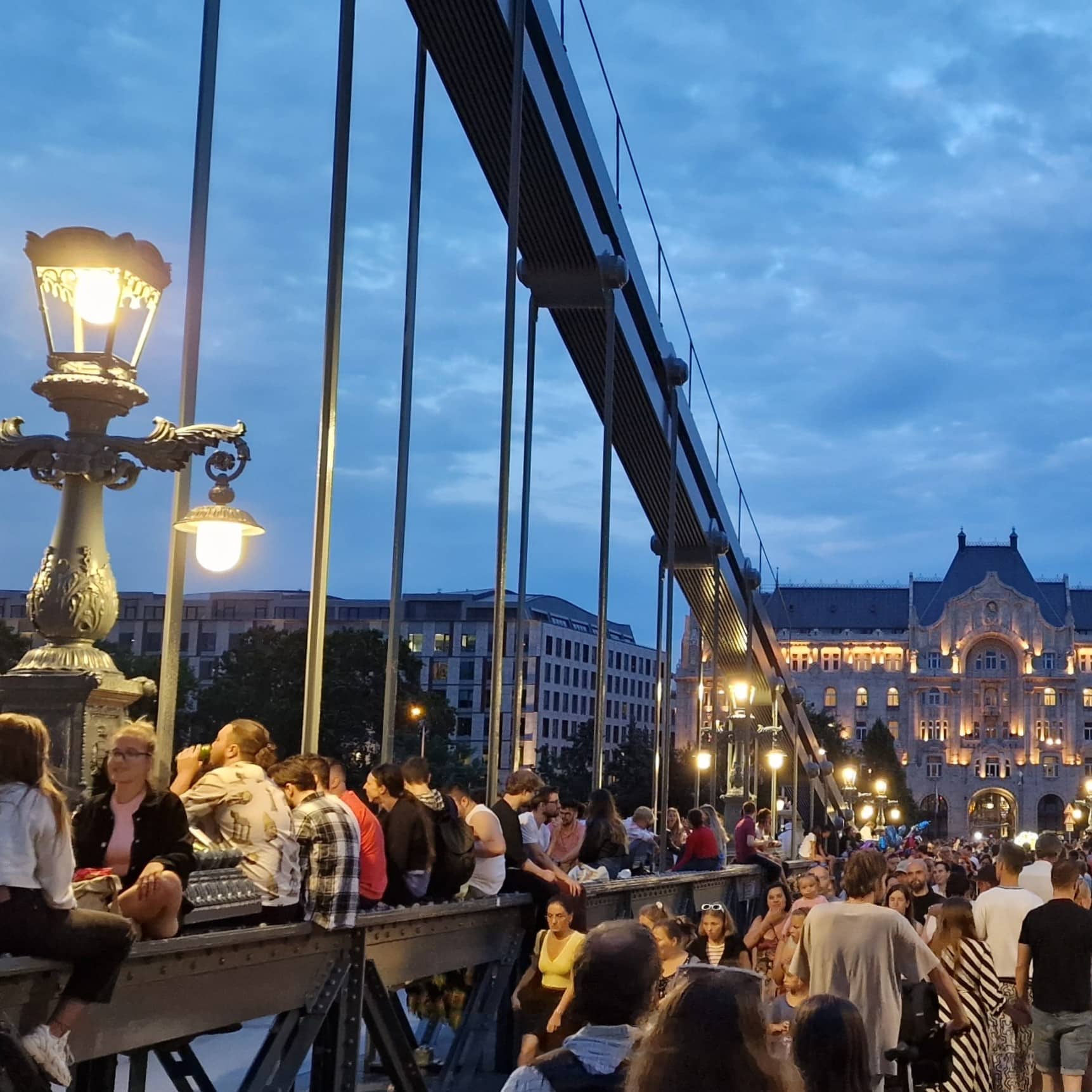
Budapest lighting developments to overcome the energy crisis
by Zoltán Pap, Managing Director, Budapest Municipality BDK Budapest Flood and Public Lighting Ltd
Due to the energy crisis, Budapest had to find a new way of financing its LED lighting upgrades and energy purchases for lighting. As part of a new energy savings program, the City’s BDK offered to implement a 30,000 LED exchange program between 2022 and 2025. The project was financed by the reduction in electricity consumption costs. Additionally, a combination of spot market electricity purchases and fixed market prices led to much better rates compared to the annual fixed prices that were previously applied.
Several beautiful new projects were also completed, including the renovation of the iconic Chain Bridge, the main avenue of Andrássy Street, and the environmentally friendly Christmas decorations along this main street. Furthermore, a highly nature-friendly initiative was launched to protect the survival of mayflies in the Danube, along with a special celebration marking the 150th anniversary of the establishment of Budapest.
Zoltán Pap graduated in 1983 as Master of Economics in Budapest. He joined as managing director BDK Budapest Flood and Public Lighting Co Ltd in 2011. BDK is a joint venture company of the Municipality of Budapest and its Public Utility Company BKM (Stadtwerke).
BDK is responsible for the operation and reconstruction of the public lighting, decorative lighting and Christmas lighting of the Capital of Hungary.
Under his leadership the company has significantly contributed to the increase of the energy efficient lighting reconstructions of the city, through an increasing ledification program.
With his contribution the city approved a Lighting Masterplan in 2016. He is representing Budapest in LUCI since 2011 and as participated in many joint LUCI projects.

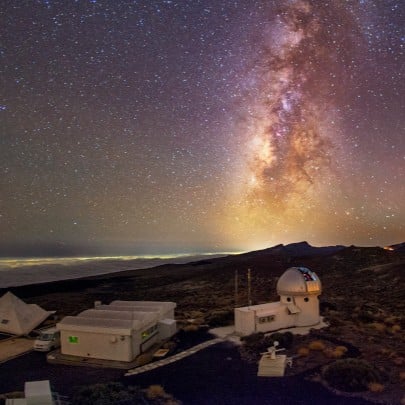
Preserving the night sky in urban environments
by Emily Bolt, Systems Architect, Signify
Urban population is rapidly growing, and so are urban spaces, therefore increasing the need for Artificial Light at Night (ALAN). Collaboration between manufacturers, end-users, lighting specifiers/designs and installers allows the use of technology and development of standards to preserve the night sky, while satisfying the needs of the urban population.
The Canary Islands have the clearest view of the night sky in Europe and are home to several renowned observatories. The quality of the sky is protected by Spanish law which requires municipalities to take measures to mitigate light pollution. This project included minimising light spillage, while filtering the blue part of the light spectrum, which could interfere with the activities of the observatories. Additionally, the use of lighting controls allows dimming and control remotely with the compatibility to install sensor applications, while keeping sustainability in mind.
Emily Bolt is the Systems Architect at Signify UKI, a position she has successfully held for over ten years. Emily brings over 20 years of experience in the street lighting industry, building on a variety of roles, including working as a contractor, consultant, and manufacturer.
Her current role at Signify consists of providing technical support for the public lighting sales team and customers in the bid process for major projects and tenders in Road and Street, Transportation and Education sectors including Systems and services propositions.
She is also responsible for providing training for both internal and external stakeholders, from product training to CPD sessions, on a wide range of topics, such as Circularity, Intelligent Asset Management, and Solar Hybrid.
Born in Sunderland, Emily holds a Bachelors in Electrical and Electronics Engineering from Leeds University. Emily has recently been appointed as the VP Technical for the ILP.
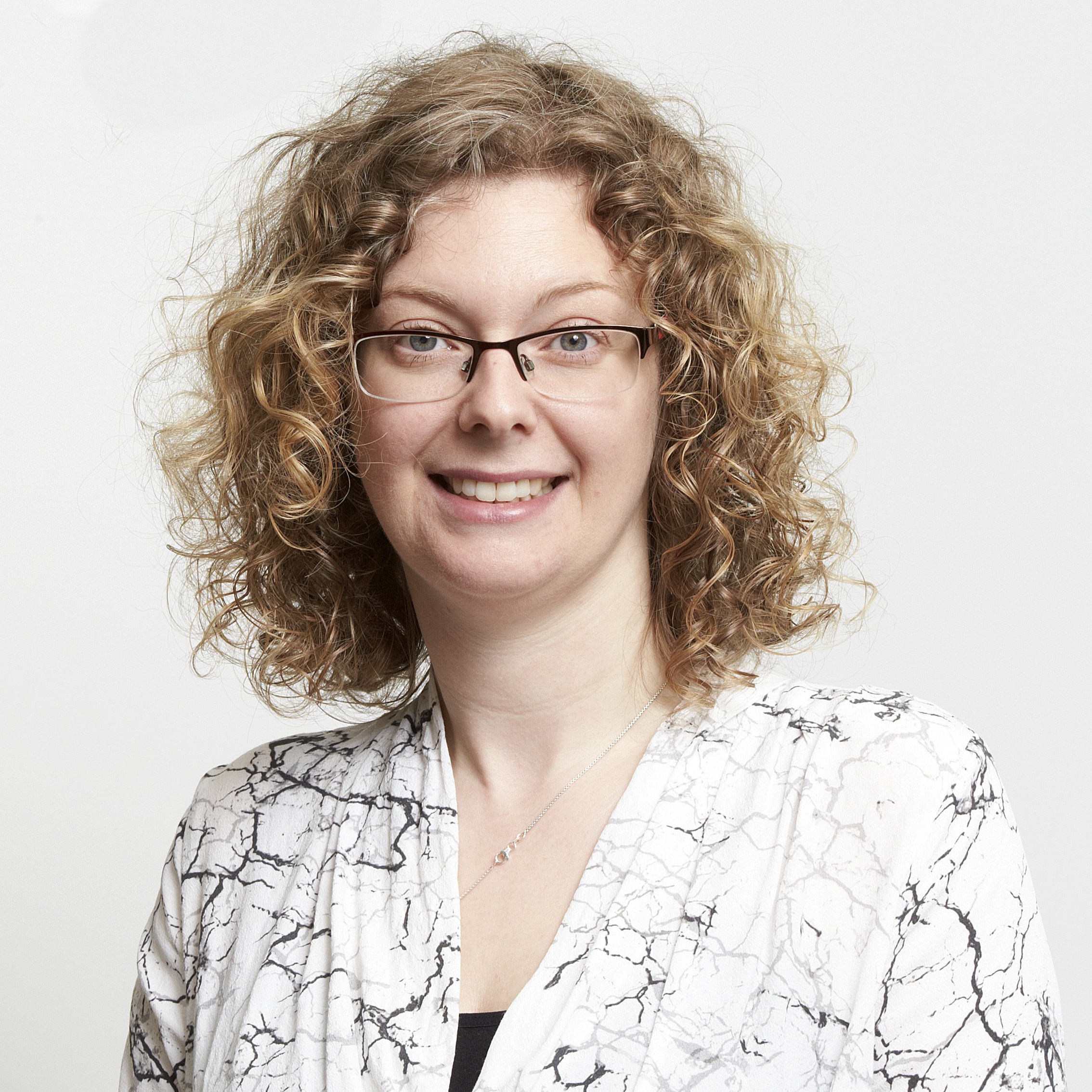
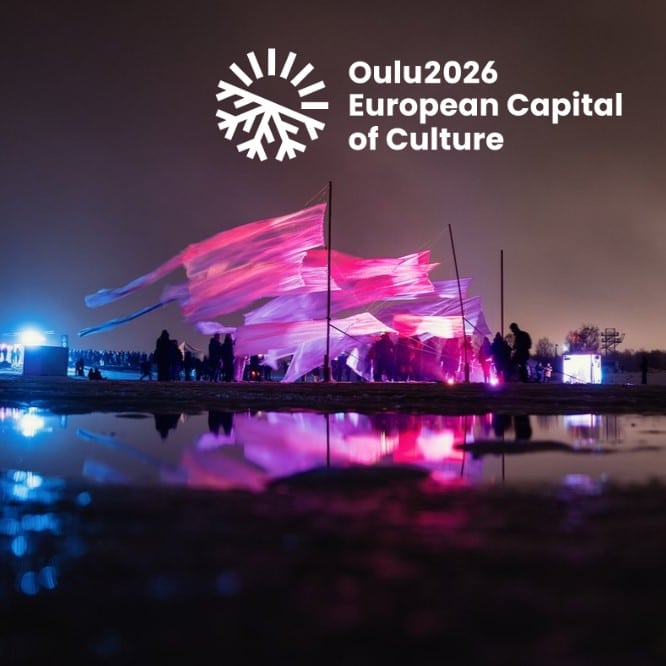
Light and Media Art during Oulu2026 European Capital of Culture
by Leevi Lehtinen, Project Manager, City of Oulu
One of the legacies of 2026 European Capital of Culture year in Oulu will be light and media art.
Throughout the year 2026 there are light and media art contents in and around the City of Oulu, including Frozen People, a winter festival of electronic music and northern art, the Art of Darkness light art walking path and the Lumo Light Festival.
Leevi Lehtinen works as a Project Manager for the City of Oulu. He is working on a Light Matters project that consists in light art related sub-projects during the European Capital of Culture year 2026. Light Matters is closely related to the development of Lumo Light Festival.
Leevi’s background is in animation and media art, but during the last decade he has worked as an arts advisor and a developer for the Arts Promotion Centre Finland and for the City of Oulu.

OCS Track 2
How Vilnius’ City Lighting Standard enhances attractiveness, safety, and sustainability
by Šarūnas Noskaitis, Lighting Architect, Vilniaus Apsvietimas
Vilnius is shaping its nighttime identity through the Vilnius City Lighting Standard, a framework ensuring sustainable, efficient, and visually cohesive urban lighting. It defines technical requirements, illuminance levels, and design principles to enhance public spaces while reducing light pollution. The Vilnius Old Town Lighting Plan, evolving from this standard, preserves the historical character of the UNESCO-listed area while improving illumination quality.
These initiatives create a welcoming nighttime environment, support tourism by highlighting architectural landmarks, and enhance safety with well-lit streets. By establishing clear lighting guidelines, Vilnius ensures energy efficiency, aesthetic harmony, and a balance between historical preservation and modern urban needs—strengthening its identity as a vibrant, livable city.
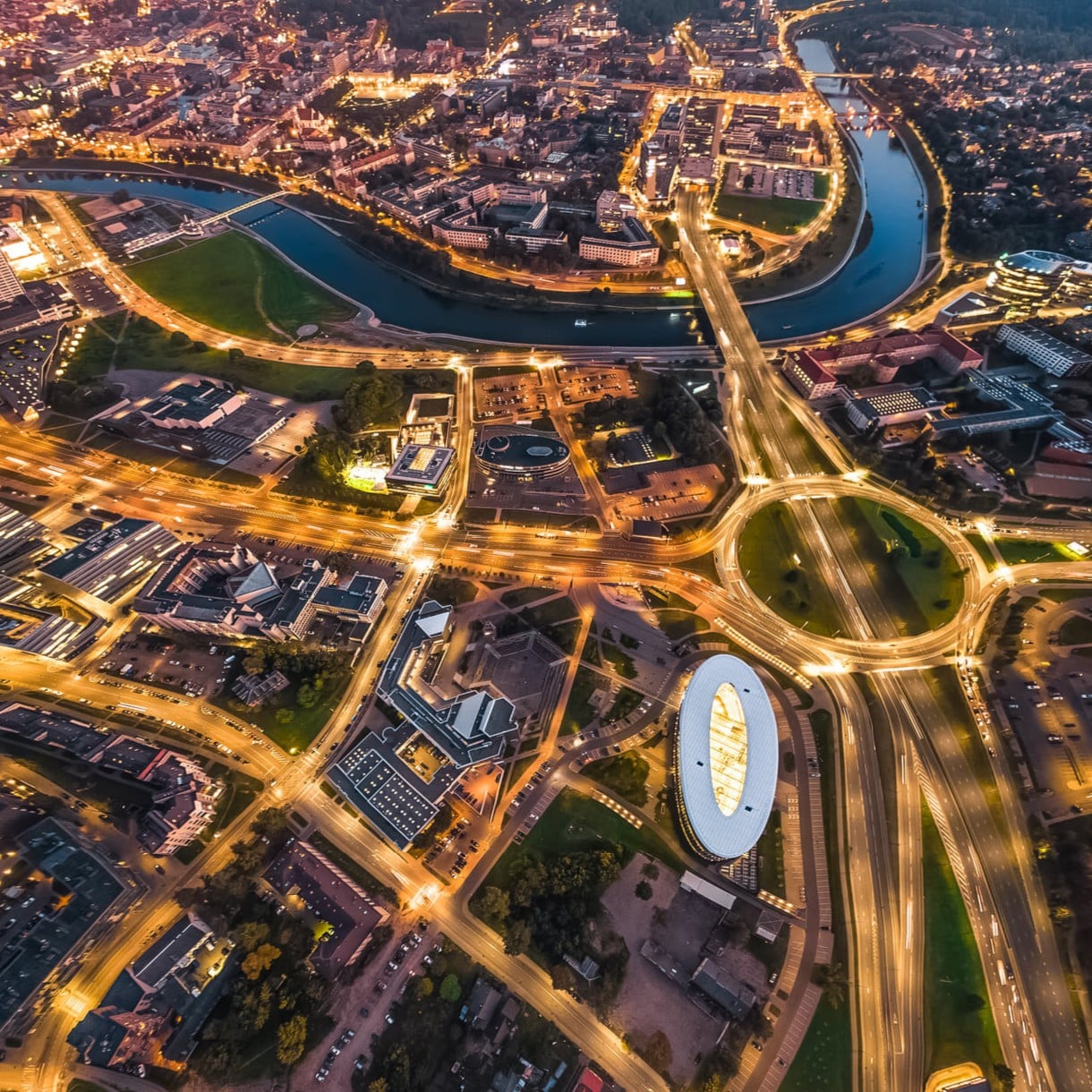
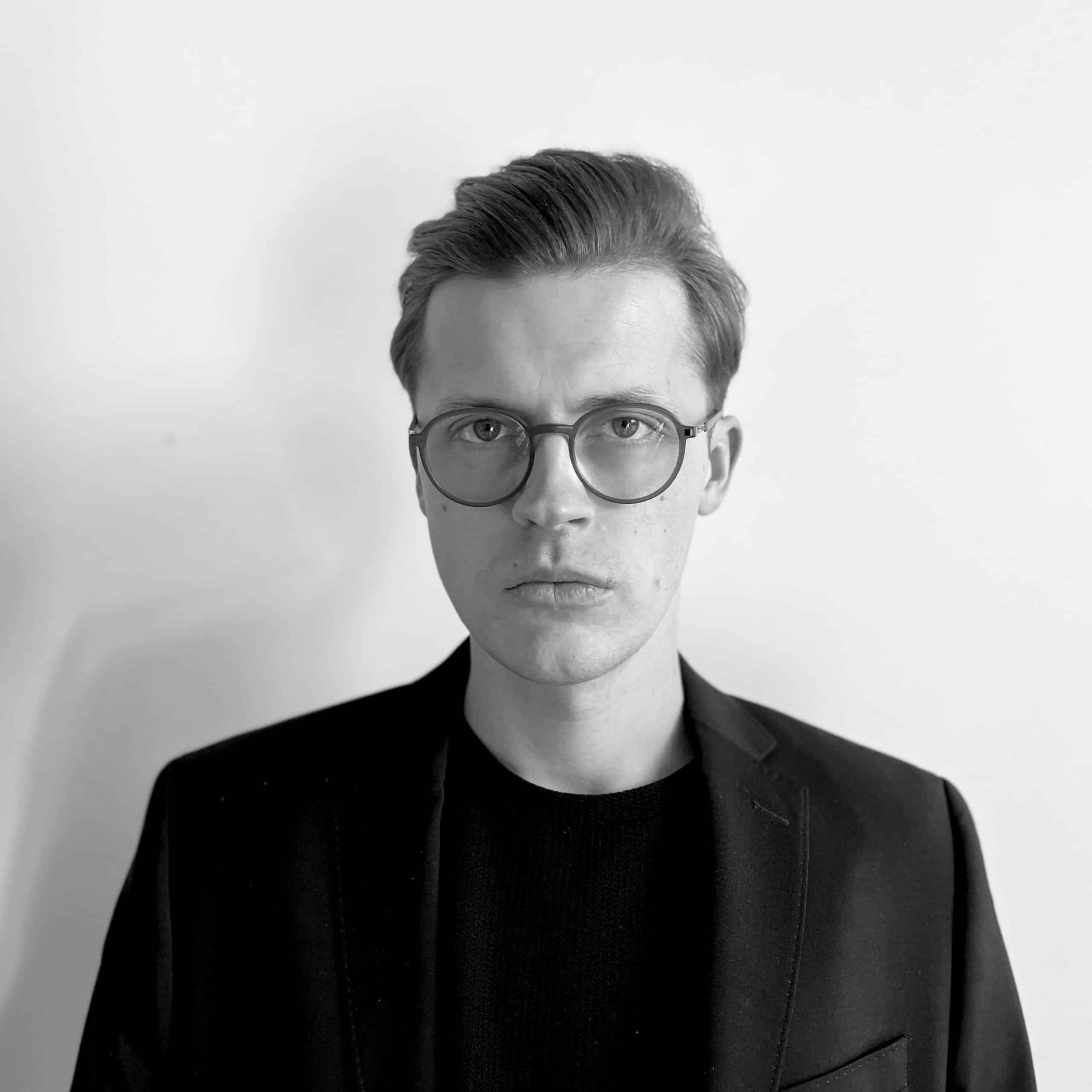
Šarūnas Noskaitis is a lighting designer and architect from Vilnius, Lithuania, with a master’s degree in Lighting Design from Aalborg University in Copenhagen. With nearly a decade of experience, he specializes in architectural and urban lighting.
Šarūnas has worked extensively on public lighting projects, shaping the nighttime environment of Vilnius through innovative lighting strategies and design concepts.
Currently leading lighting design initiatives for Vilnius’ city lighting company, he focuses on enhancing urban spaces with sustainable and well-integrated lighting solutions. His expertise spans from masterplans to detailed designs, ensuring that both functionality and aesthetics are at the core of every project.
Passionate about creating meaningful and human-centered lighting experiences, Šarūnas continues to influence the field through his work in public and architectural lighting.
The City Light Master: rethinking light and darkness in Amsterdam
by Titia Ex, City Light Master, City of Amsterdam
Cities are overexposed, affecting biodiversity, human wellbeing, and energy efficiency. But what if darkness is not a problem to be solved, but a quality to be preserved? Amsterdam has appointed a City Light Master to rethink the role of light and darkness in urban design. This unique position bridges policy, ecology, and urban planning to create a city more attuned to the rhythms of day and night.
As part of Amsterdam Makes Space, the City Light Master examines how the cycle of light and dark can guide priorities for human health, safety, and ecological sustainability. How do we create a city that breathes in light and shadow? How do we challenge the assumption that more light automatically means more safety? How can cities worldwide adopt a new perspective on natural light and darkness?
To explore these questions, light-sensitive walks are organised with residents and experts, allowing them to experience the impact in the urban environment. These experiences raise awareness and contribute to the development of new strategies that help Amsterdam adopt a more balanced approach to light and darkness.

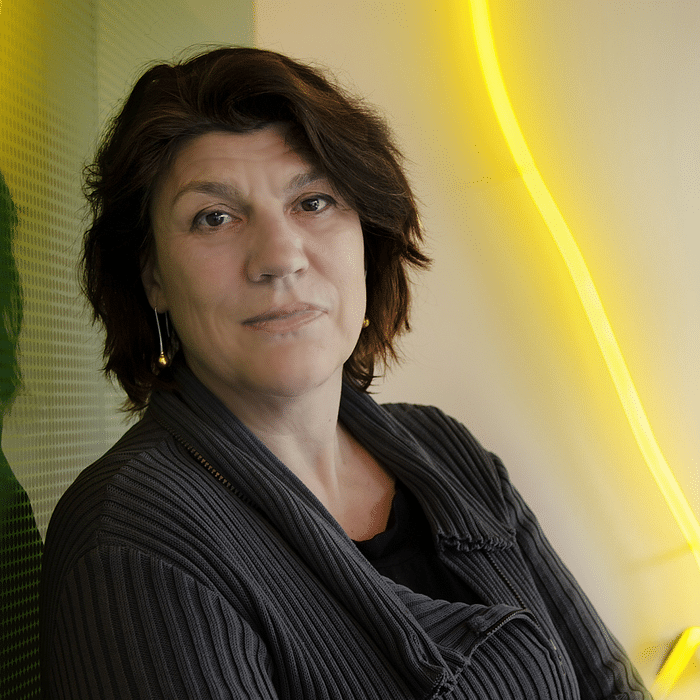
Titia Ex is a Dutch artist known for her monumental light installations and film works. Her art is rooted in conceptual traditions, exploring the relationship between light, space, and human experience. She creates immersive environments that transform both public spaces and architectural settings, inviting viewers to engage with light in unexpected ways.
Whether integrated into urban landscapes, historic buildings, or modern structures, her installations often highlight the dialogue between past and present, nature and technology. Titia Ex’s work has been exhibited internationally, with projects in cities across Europe, Asia, and North America.
She frequently collaborates with architects, engineers, and local communities. Although based in Amsterdam, Titia Ex has inspired audiences around the world for many years. The City of Amsterdam is absolutely delighted Titia Ex accepted the role of City Light Master for Amsterdam to learn from her very extensive experience about the circle of Light and Dark in our expanding city.
Art of Darkness as cultural heritage of urban landscape
by Natalia Shevtsova, Communication Officer, LUCI Association
Art of Darkness, a project funded by Horizon Europe with an award of €3.87 million, aims to preserve and enhance cultural heritage sites across Europe by deepening our understanding of the cultural, aesthetic, and sustainable values of darkness.
The project brings together 10 partners and involves 5 pilot sites across Europe.
By integrating a wide range of disciplines—including architecture, lighting design, light art, cultural heritage, environmental psychology, cultural anthropology, and engineering—the project explores and highlights the transformative potential of darkness in urban landscapes.
LUCI is responsible for managing the communication activities of the project.
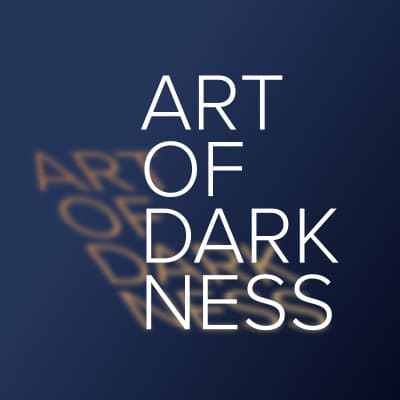

Natalia Shevtsova joined LUCI in October 2024, and her primary focus is to drive the communication strategy for Art of Darkness, while also supporting the broader communication efforts of LUCI on a day-to-day basis. Natalia is passionate about branding and enjoys digging deep to uncover the core values. She is driven to transform these insights into impactful messages, shaping them into the right words and forms.
OCS Track 3
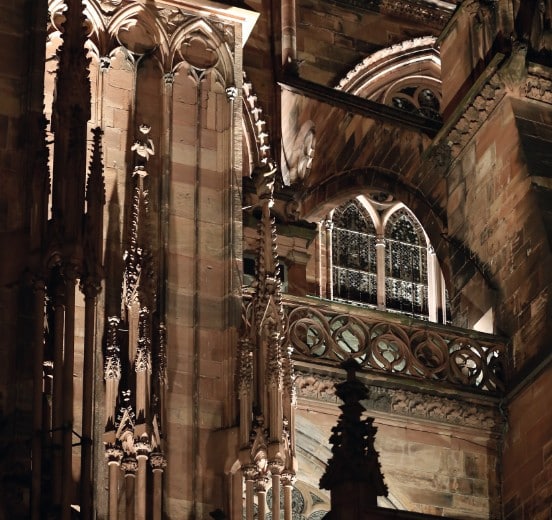
“Trames Noires”: Creative lighting for sober nightscapes
by Jean-Yves Soetinck, Lighting Designer, Acte Lumière
In response to growing concerns over light pollution and biodiversity, the French Association of Lighting Designers (ACE) has published a collective guide dedicated to dark ecological infrastructures—trames noires—integrated into urban lighting strategies. These aim to mitigate the impact of artificial light on ecosystems by re-establishing nocturnal ecological pathways, while still providing appropriate lighting for users in public and private spaces at night. Their implementation in France has significantly grow in recent years, supported by regulation (ministerial decree in 2018) and reinforced by the energy crisis, which has brought light sobriety to the forefront of public policy agendas.
The book advocates for a pedagogy of light sobriety to encourage long-term cultural change. This conference introduces the association’s mission and its role in advancing sustainable lighting design. We will explore the core principles and methodologies for collaboratively developing “trames noires” and will conclude with selected “case studies” from the 31 illustrated in the ACE book, showcasing diverse projects in terms of location, scale, timeline, and approach, with a focus on “how to reconcile heritage illumination with ecological responsibility” within two projects of Cathedrals made by Acte Lumière and the lighting designer Jean-Yves Soetinck.
Jean-Yves Soetinck is the lighting designer behind the « Acte Lumière » studio. With over 25 years of experience, he’s been crafting public spaces, lighting masterplans, and illuminating iconic heritage buildings.
Considering himself a “child of Lyon’s first lighting plan”, he as always admired its early achievements. This inspiration has shaped his vision for urban lighting, fostering a rich exchange of professional practices with landscape architects, urban planners, and architects. His portfolio includes UNESCO-listed sites, such as the Strasbourg Cathedral and the Palais des Papes in Avignon.
Jean-Yves has been an associate member of LUCI for over 15 years and is part of the French Association of Lighting Designers and Lighting Engineers ACE. His collaborative spirit and innovative approach continue to light up our nights with creativity and respect for our shared heritage.
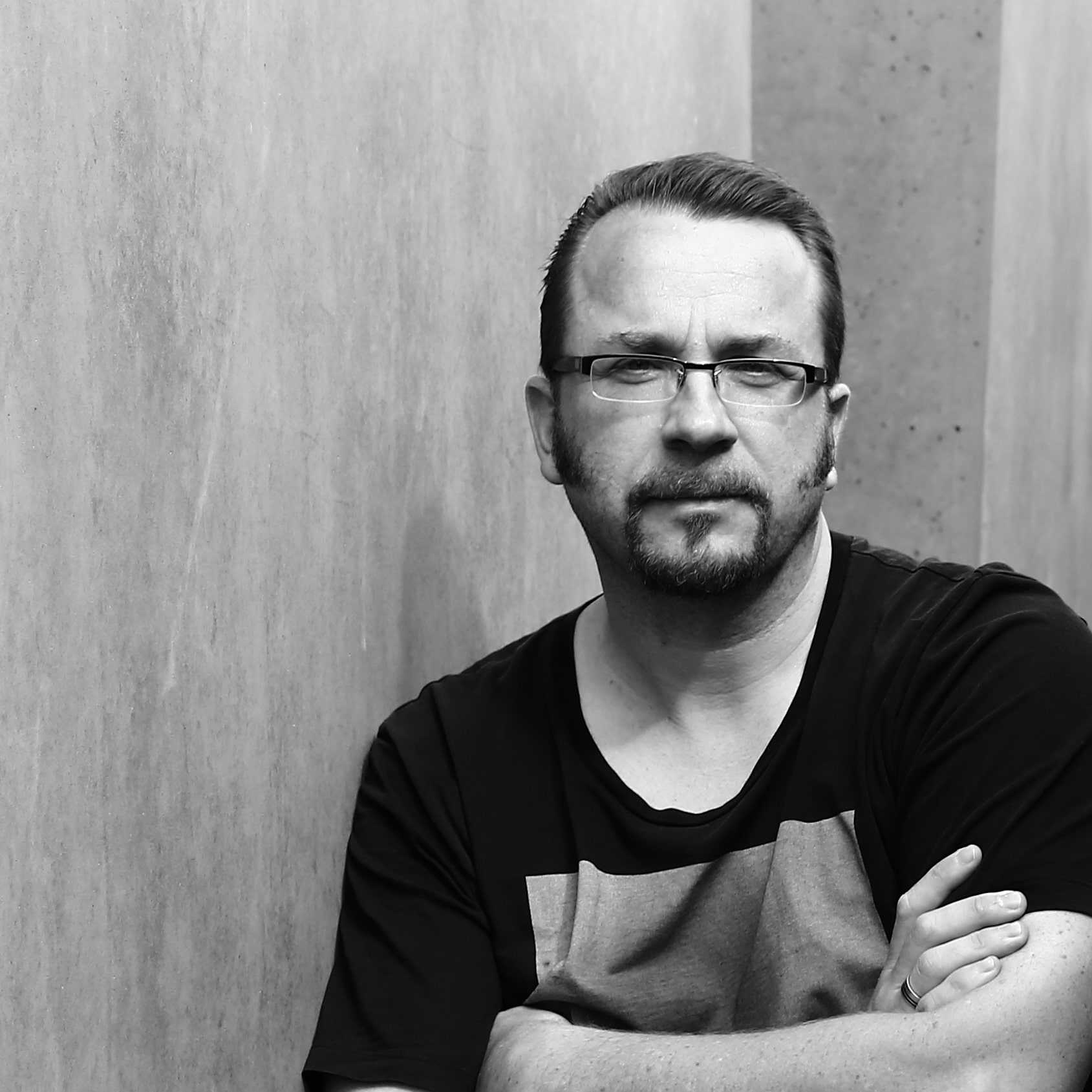
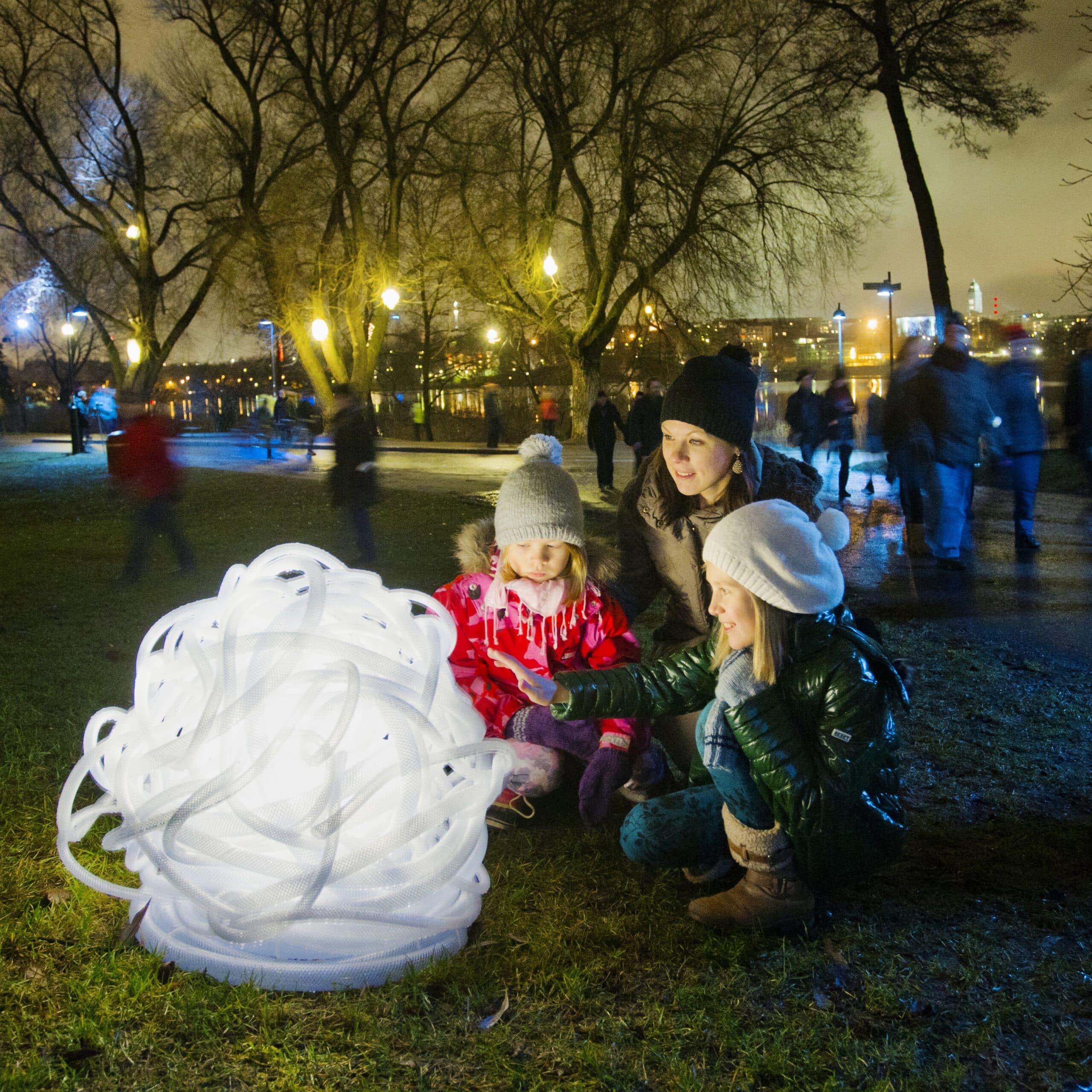
Temporary lighting in urban environment
by Marjut Kauppinen, Public Lighting Manager, City of Helsinki
Large construction zones result in extended periods of disruption to the daily lives of urban residents. Helsinki currently showcases two good examples of temporary lighting projects that work around this problem. One is in a park in the city centre where, over the past 40 years, several plans for the area have been proposed, but none was ever implemented. Last year, however, there was a sudden need for floral beauty and new activities for children, young people, and adults in the form of a temporary park. All plans were completed and implemented in record time! The temporary nature of the park offers the city a rare opportunity to test new outdoor furniture, materials, lighting concepts, and vegetation. The feedback has been overwhelmingly positive.
The second project is located in an urban renewal area where schools, daycare services, and a library will be relocated to new buildings. During the 5-7 years of construction, residents must contend with temporary routes, dark school-yards, and an unfinished landscape. A temporary lighting concept uses ideas from placemaking processes: key routes are illuminated with appropriate lighting, and several important vertical elements that aid in orientation and enhance the legibility of the area will be lit, improving the overall sense of safety; additionally, the partially illuminated fences surrounding construction sites are given a new role in the darkened landscape.
Marjut Kauppinen has been the Public Lighting Manager of the City of Helsinki since the beginning of 2022. She is an architect who has two main professional ambitions: urban design and lighting, and the restoration of old buildings.
She develops outdoor lighting strategies and guidelines especially to decrease obtrusive light and increase the feeling of safety and harmony of public spaces.
The quality of residential environments – quality of everyday life – and the viewpoints of children and young people are near her heart. As a hobby she walks a lot in with her Finnish Lapphund. She also keeps on renovating an old house in Hamina, an old town in Southeast of Finland.

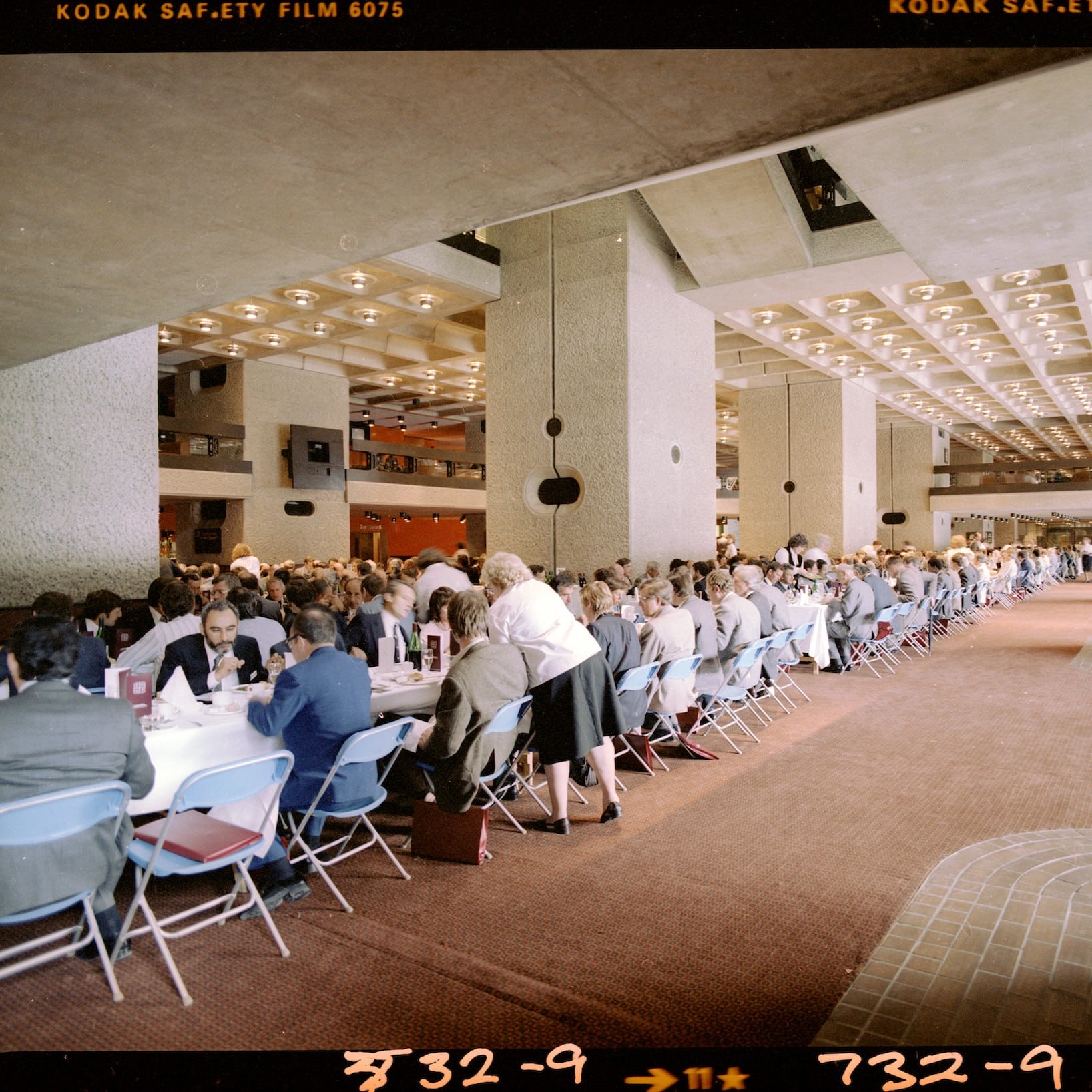
The Barbican transformation : lighting insights
by Lucas Goy, Lighting Designer, Les Éclaireurs
The Barbican Centre is the vibrant heart of the City of London: an international cultural centre that welcomes the greatest artists as well as the everyday life of the district. It is a place that serves its communities, a place where people meet, work and socialise.
This Brutalist building from the 80s is now being adapted both environmentally and in terms of how it can be used to serve its communities, its visitors and its artists. Lighting Designer Lucas Goy and Philippa Simpson, Director for Buildings and Renewal of the Barbican, will conduct the presentation together.
Lucas Goy is the principal lighting designer and founder of Les Éclaireurs, a lighting design and engineering firm based in Lyon. A graduate in Urban Design and Building Environmental Efficiency, he has led international projects across museums, cultural venues, exhibitions, and urban spaces since 2004.
Certified Lighting Designer and a member of the IALD and the French Lighting Designer Association (ACE), Lucas sees lighting at the crossroads of art and engineering. He heads a team of 16 designers dedicated to innovative and sustainable lighting solutions.

Photo credits
©Busan Metropolitan City; ©City of Budapest; ©Daniel Lopez; ©Harri Tarvainen; ©Lauri Rotko